Newsletter podcast excerpted from Episode 253 of the Garden Basics with Farmer Fred podcast. Recorded live, at the Elk Grove, CA Garden Club.
Please note that the words below originated as a recent garden column in the Lodi (CA) News-Sentinel. Those of you in Michigan, Minnesota, Maine and other states where there are hardware stores that stock snowblowers year round can quit snickering at our plant panic when temperatures dip into the 20’s. Still, the advice holds true for wherever you live: give freeze-damaged plants a chance to recover.
Our area has had quite the one-two punch of weather events so far in 2023. In January, it was record rains, near hurricane force winds, a tornado, flooding, and falling trees. Then, at the end of January, a hard freeze descended on many areas around us, where temperatures fell to the mid-twenties on January 31. That was followed by two consecutive February mornings with temperatures at or below 32 degrees. It was a triple punch that many of our more tender plants couldn’t take.
How’s your garden looking these days, after all that weather? Your results may vary because all gardening is local. Many plants that we thought could shrug off the cold mornings are not looking good right now. Here, the salvias are dying back. Dependable, late winter blooming nasturtiums look like mush. That popular summer blooming low growing shrub, the lantana, has lost all its leaves.
As gardeners, we like to put in plants that strike our fancy but are better suited to areas of California that get fewer frosts and freezes. We got away with very mild winters for a long stretch here in the Central Valley, encouraging our semi-tropical plant growing fantasies.
And that’s especially true for those who planted tender perennials and shrubs. That list includes avocados and citrus trees. Wise gardeners here may have planted them in areas where they may be getting protection from wind as well as reflected heat from south-facing walls and patios in the early morning hours. And because cold air tends to flow downwards, planting semi-tropical plants in the higher sections of your property may give them a few degrees of protection from a freeze.
Chuck Had a Tough Time Recently
I feel bad for our ten-foot tall brugmansia shrub, also known as Angel’s Trumpet. Brugmansias, especially the variety ‘Charles Grimaldi’, are prized for their large, yellow or pink, aromatic, bell-shaped flowers, spring through fall. And, if the weather cooperates, it will flower through much of the winter, as well. Chuck – as I affectionately refer to Mr. Grimaldi - had thrived here for the last seven years, even blooming in the winter, in the lowest part of the yard (oops). Until now.
So, what should a shivering gardener do, weeks after a hard freeze, when temperatures were at or below freezing for several consecutive hours?
Number one: don’t prune away the dead portions now. If plants in your garden look blackened and wilted now, new growth may emanate from the base of the plant when the weather warms over the next couple of months. Pruning away the dead portions now would expose buds that may still be alive; another frosty morning could wipe out those survivors. Keep the shears in the garage and let the dead portions of the plants protect the understory.
It may take until mid-Spring before you see new growth. Patience is key before you pick up the pruners. In the meantime, tolerate the ugly, and look for new growth, especially near the base of the plant.
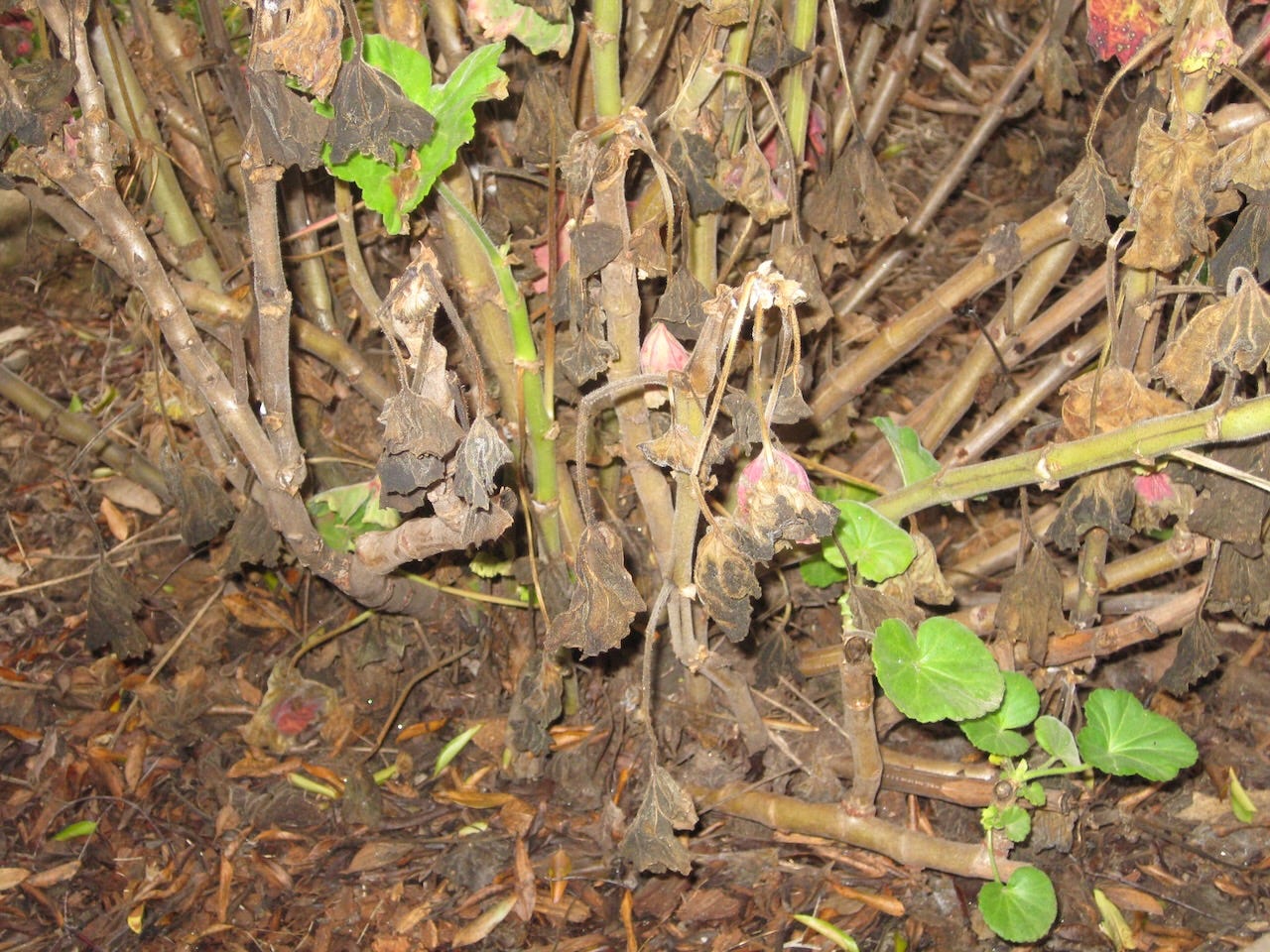
Water Can Help Your Plants Get Through a Freeze. But Not Succulents
Number two: If it doesn’t rain, keep your tender plants well-watered, especially container plants. Make sure your garden and potted plants remain moist. Water gives off heat at night, and damp soil can protect plants from freezing, especially avocados and borderline citrus trees, such as lemons and limes. Moist soil retains heat better than dry soil, protecting roots and warming the air surrounding the soil. Too much water in the soil, however, can suffocate the roots of plants.
Succulents, such as cactus, are the exception, however. According to the Arizona-based Desert Botanical Garden, most succulents survive freezing temperatures best if the soil around them is dry.
Oh, and keep your frost protection gear handy...just in case we get another late winter surprise. Don’t let the latest string of sunny February days fool you. Historically, we can get freezing mornings through early spring.
P.S. Chuck is already showing green growth near the base.
Thank you for listening to the Garden Basics with Farmer Fred podcast! It’s available wherever you get your podcasts. Please share it with your garden friends.
As an Amazon Associate, I earn from qualifying purchases from some of the underlined links in the newsletter. This is how I am trying to keep this a free newsletter. And as long as you buy whatever you want from Amazon using any of those links to get into the Amazon site, I get a few pennies. Thank you.
Thanks for Subscribing and Spreading the Word About the Beyond the Basics: The Garden Basics with Farmer Fred newsletter, I appreciate your support.
Fred Hoffman is also a University of California Cooperative Extension Master Gardener in Sacramento County.

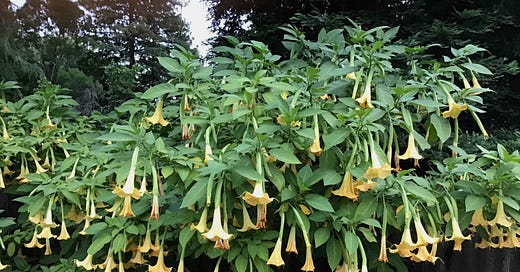




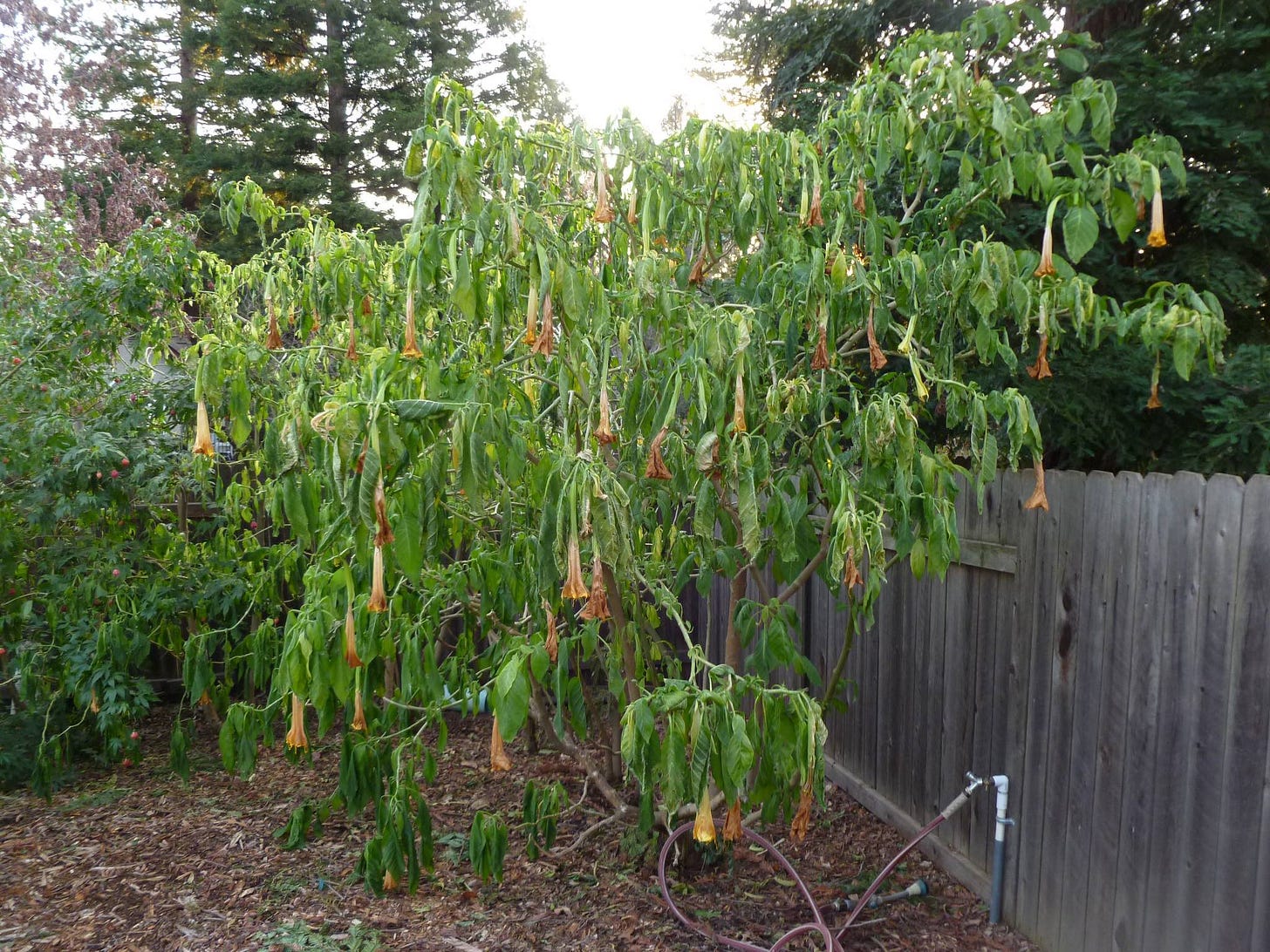
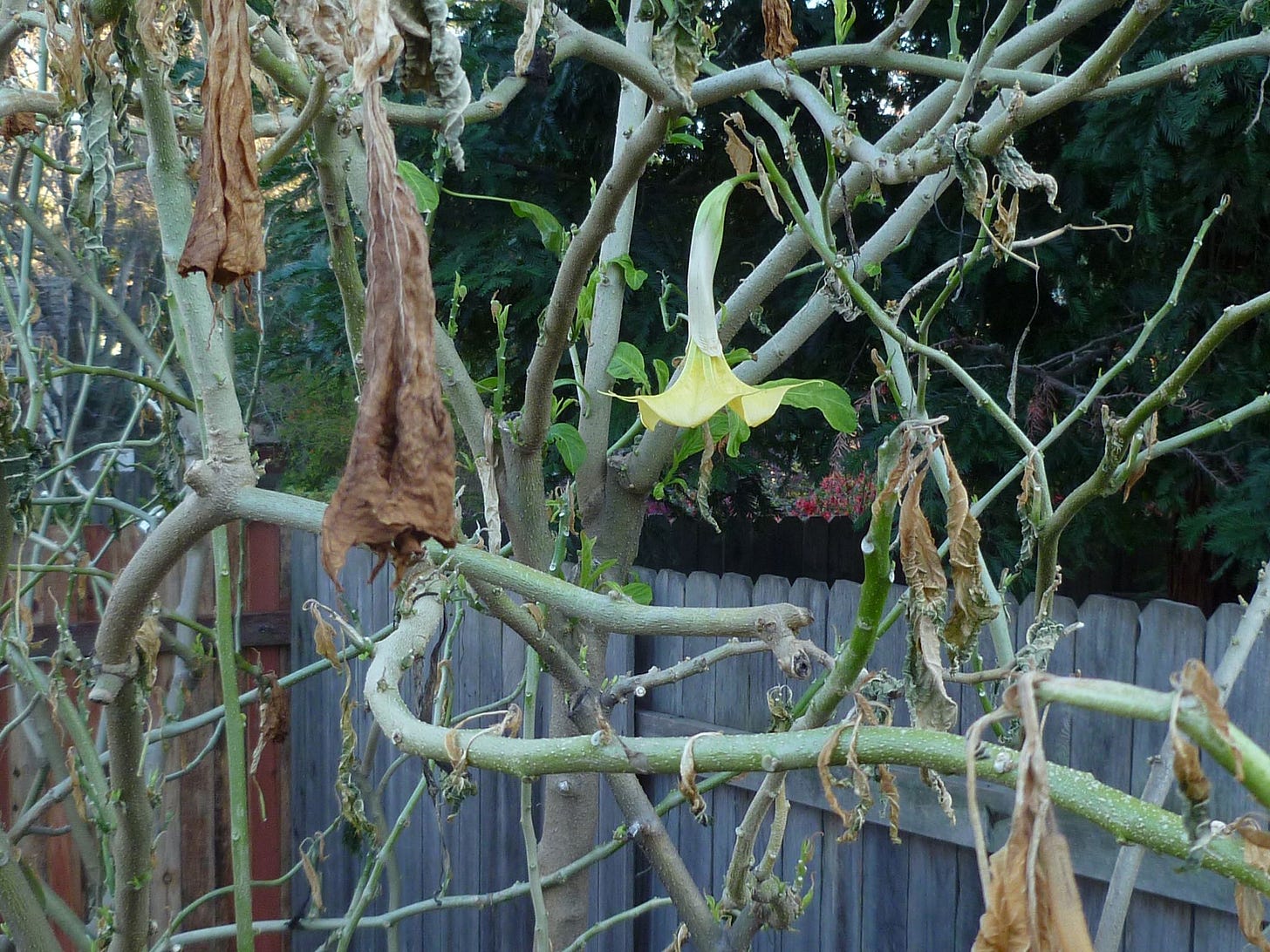
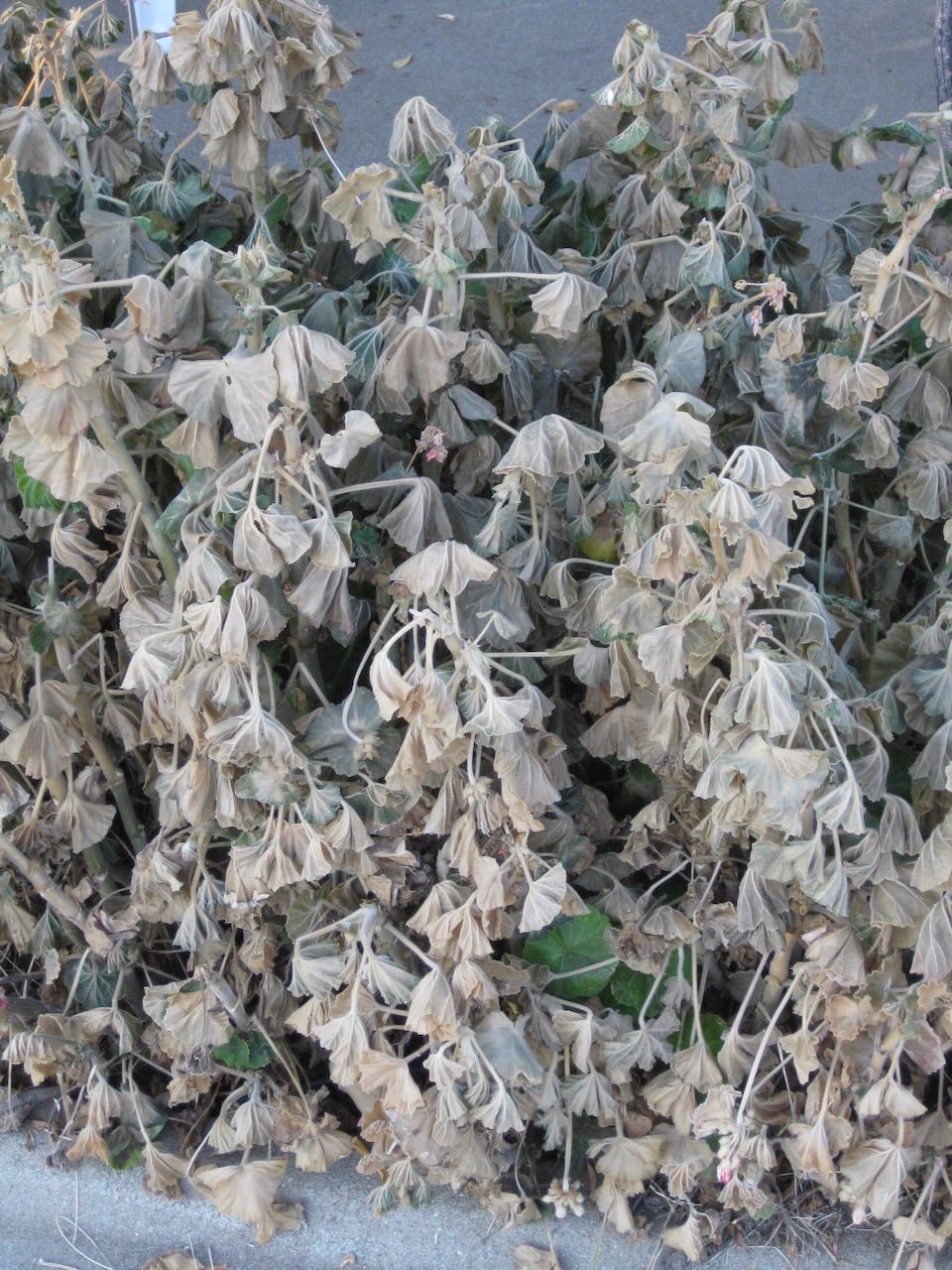
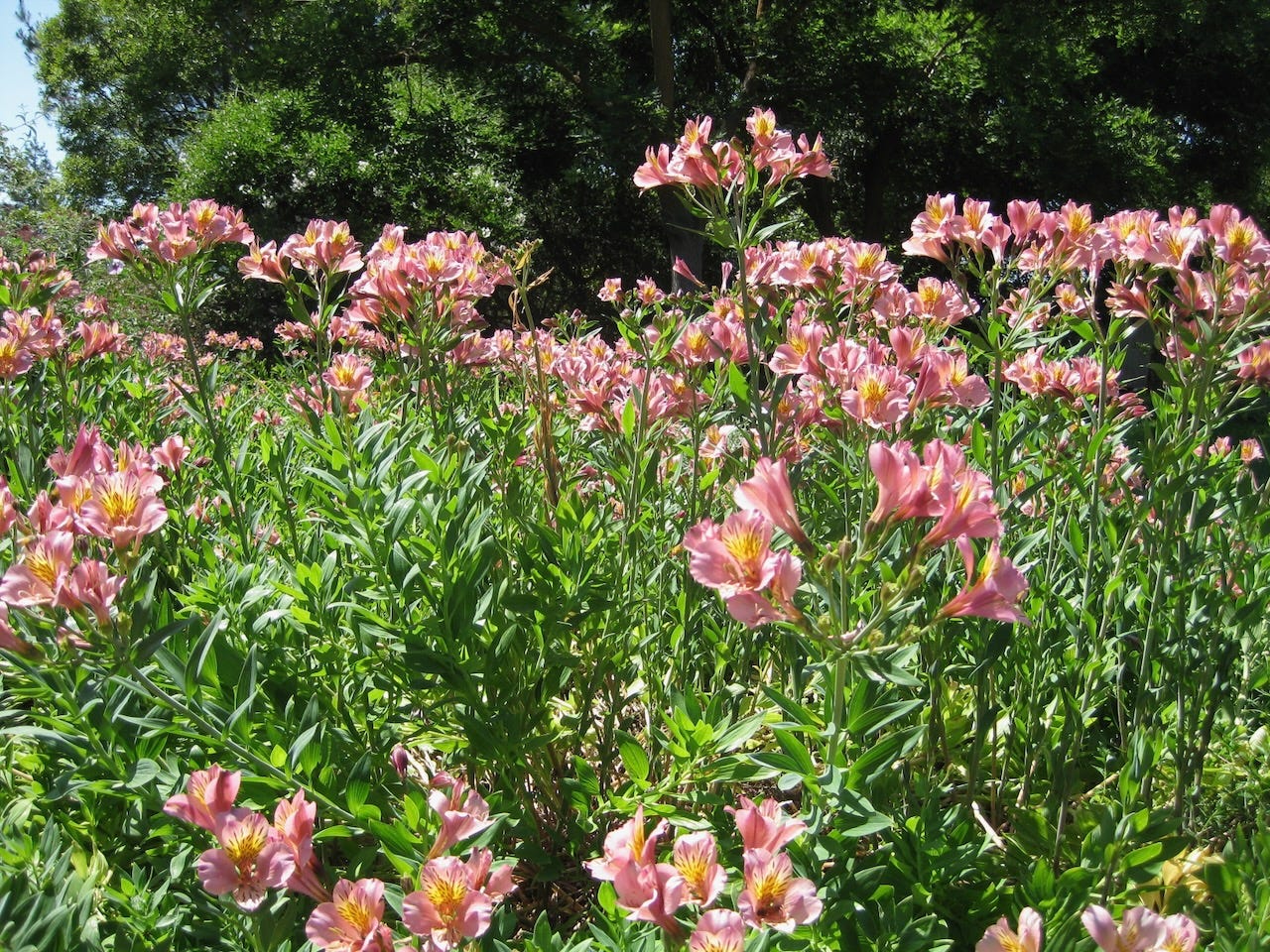
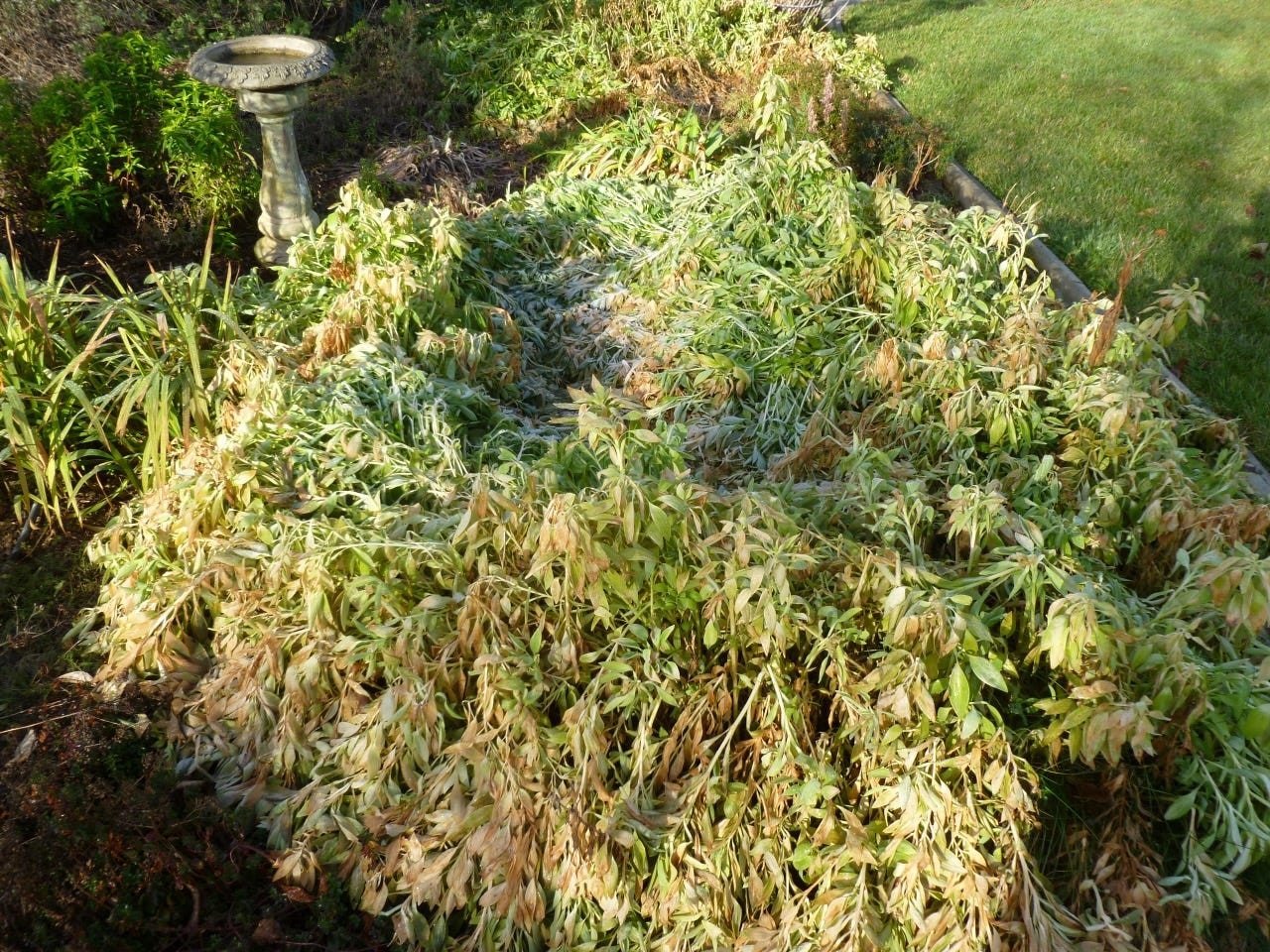



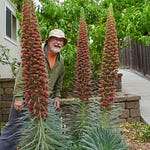

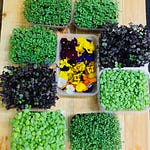
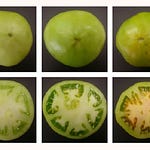

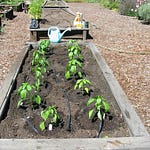
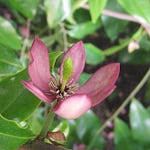
Share this post